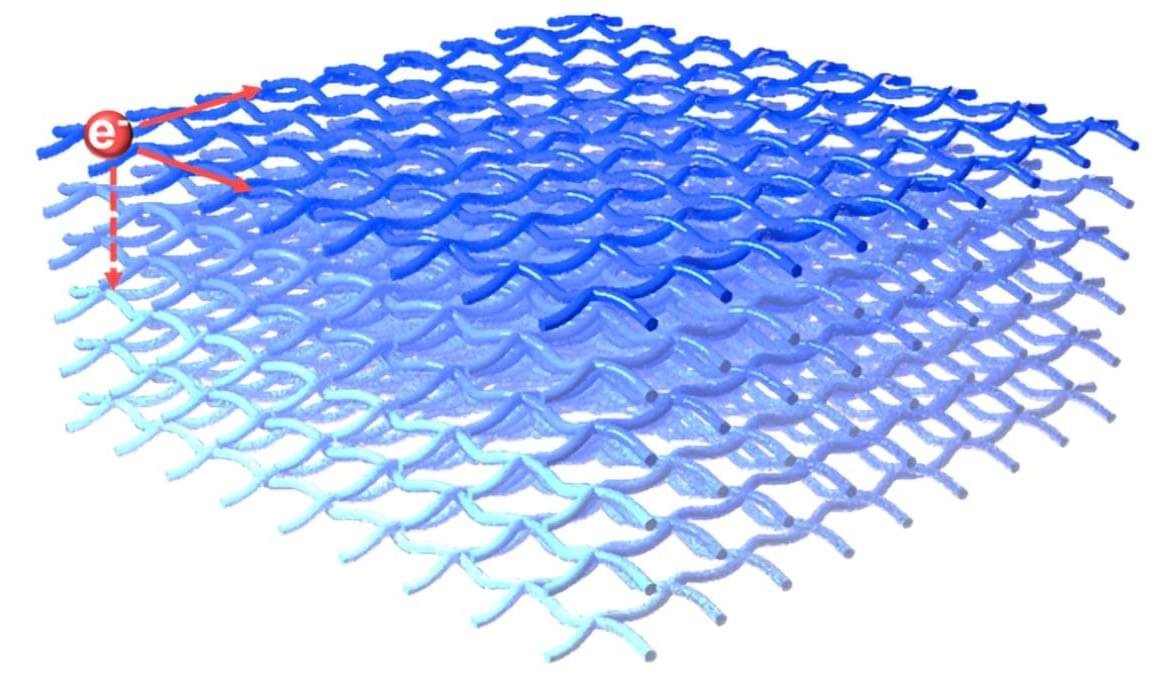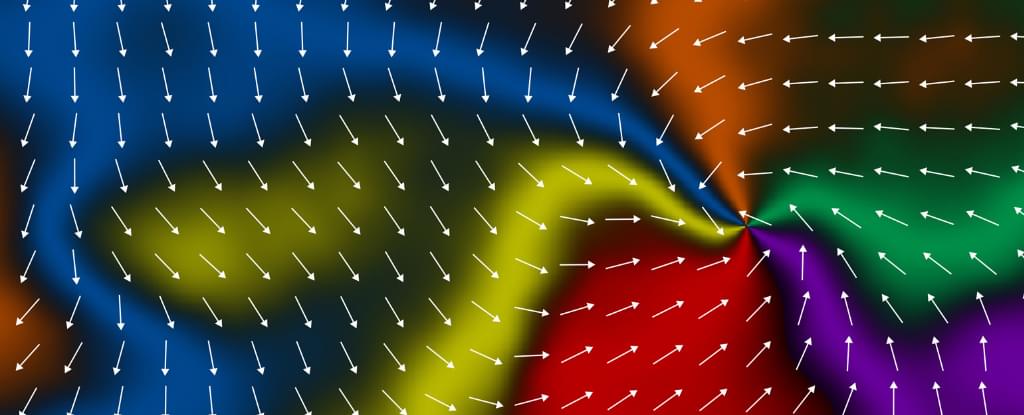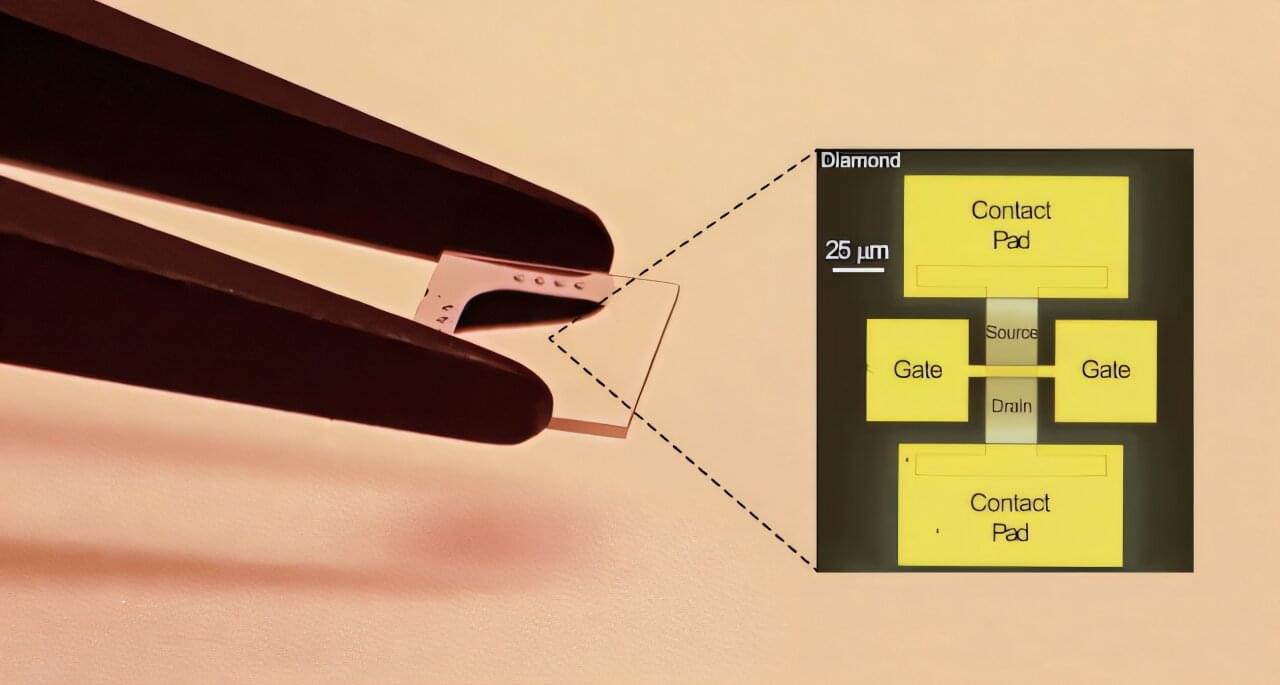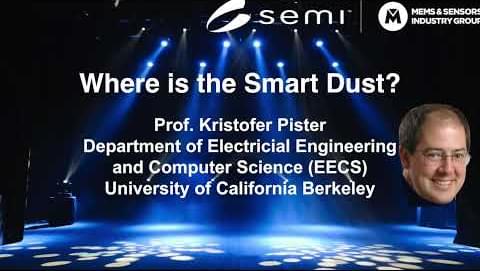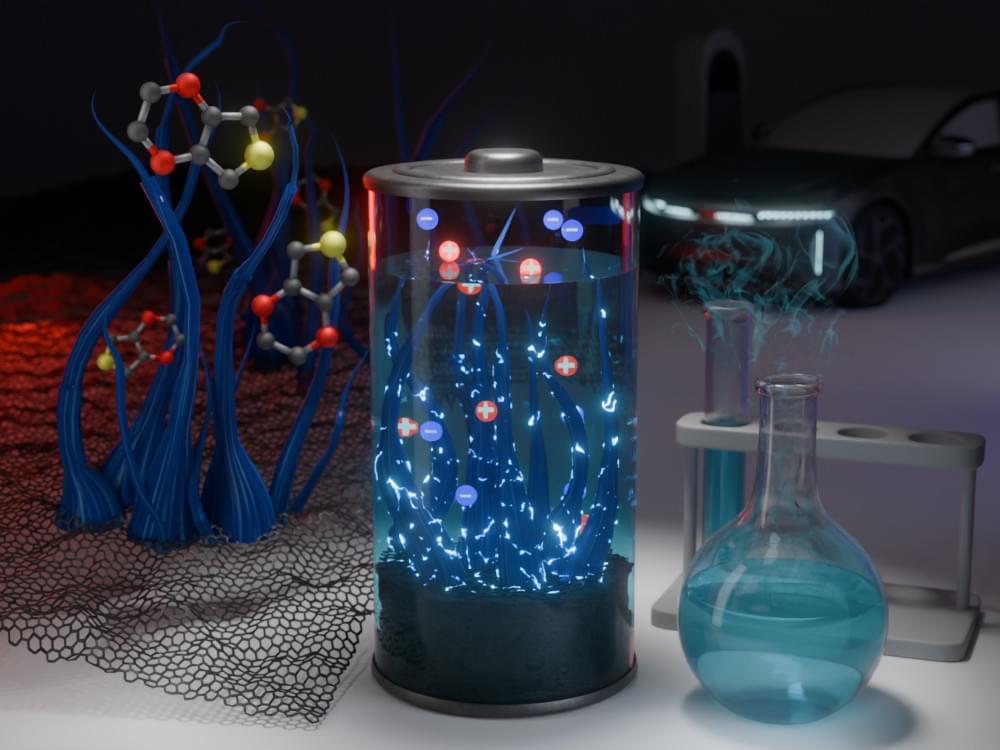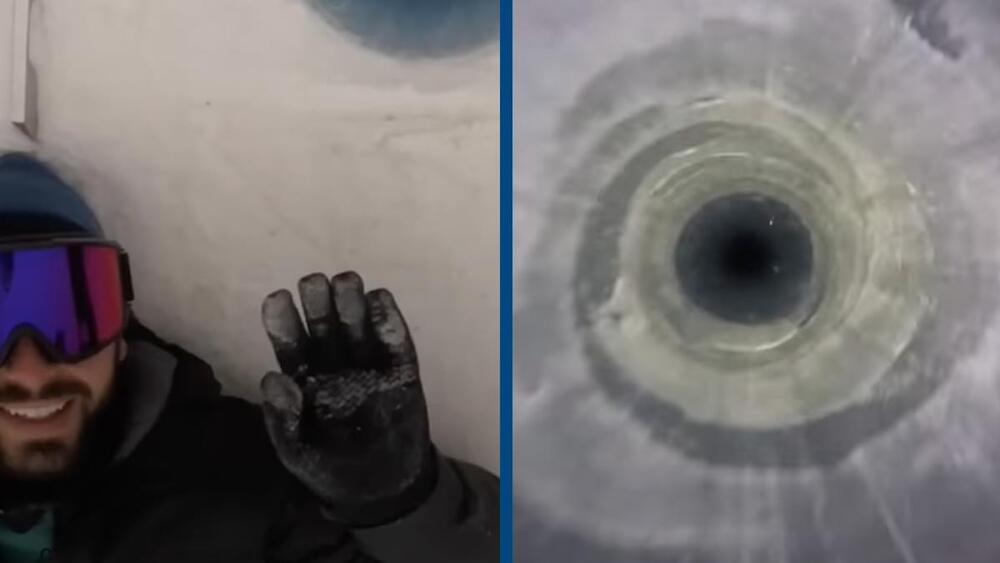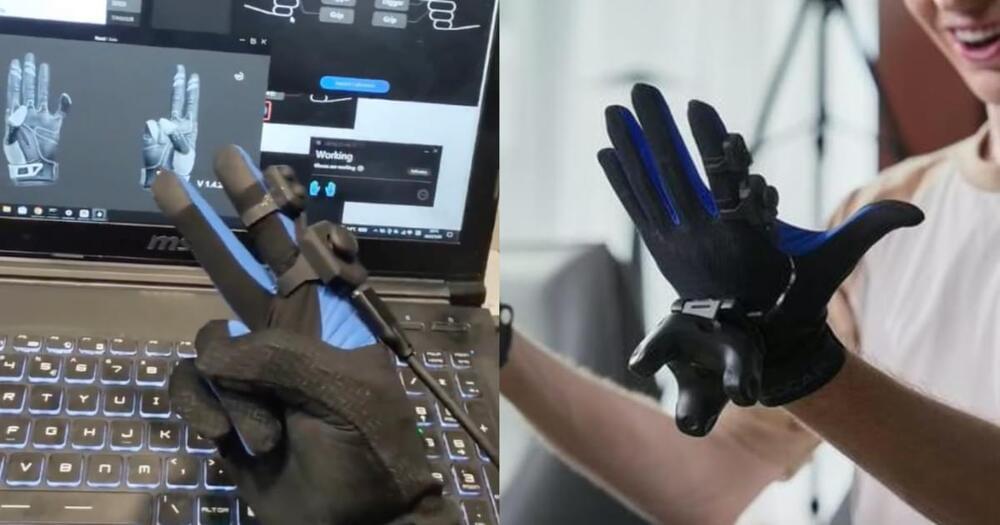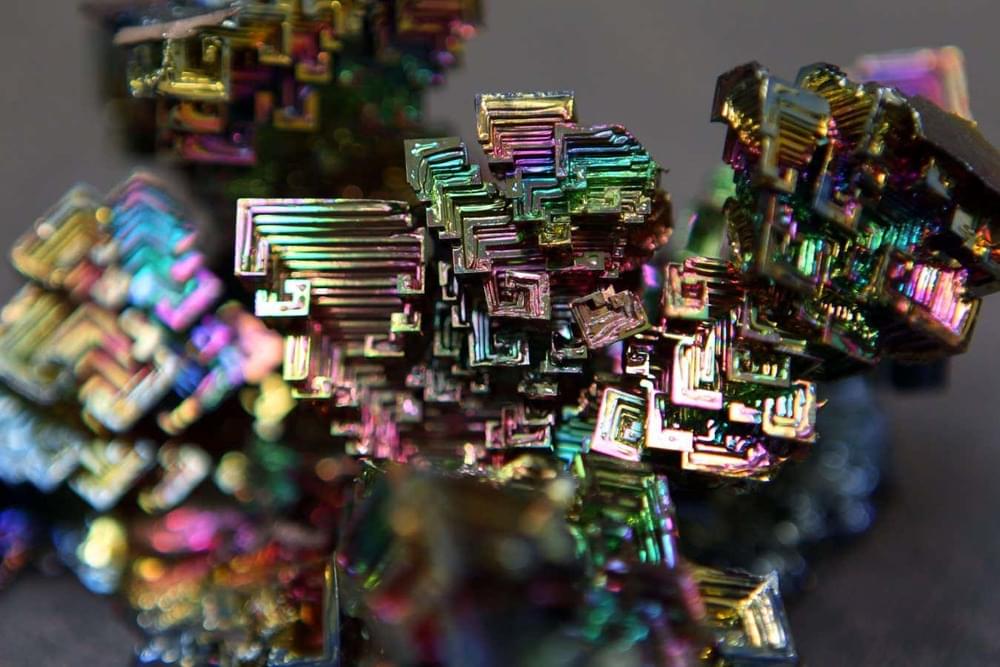A research team has developed a revolutionary two-dimensional polyaniline (2DPANI) crystal that overcomes major conductivity limitations in polymers. Its unique multilayered structure allows metallic charge transport, setting the stage for new applications in electronics and materials science.
An international team of researchers has successfully created a multilayered two-dimensional polyaniline (2DPANI) crystal, demonstrating exceptional conductivity and a unique ability to transport charge in a metallic-like manner. Their findings were published on February 5 in Nature.
